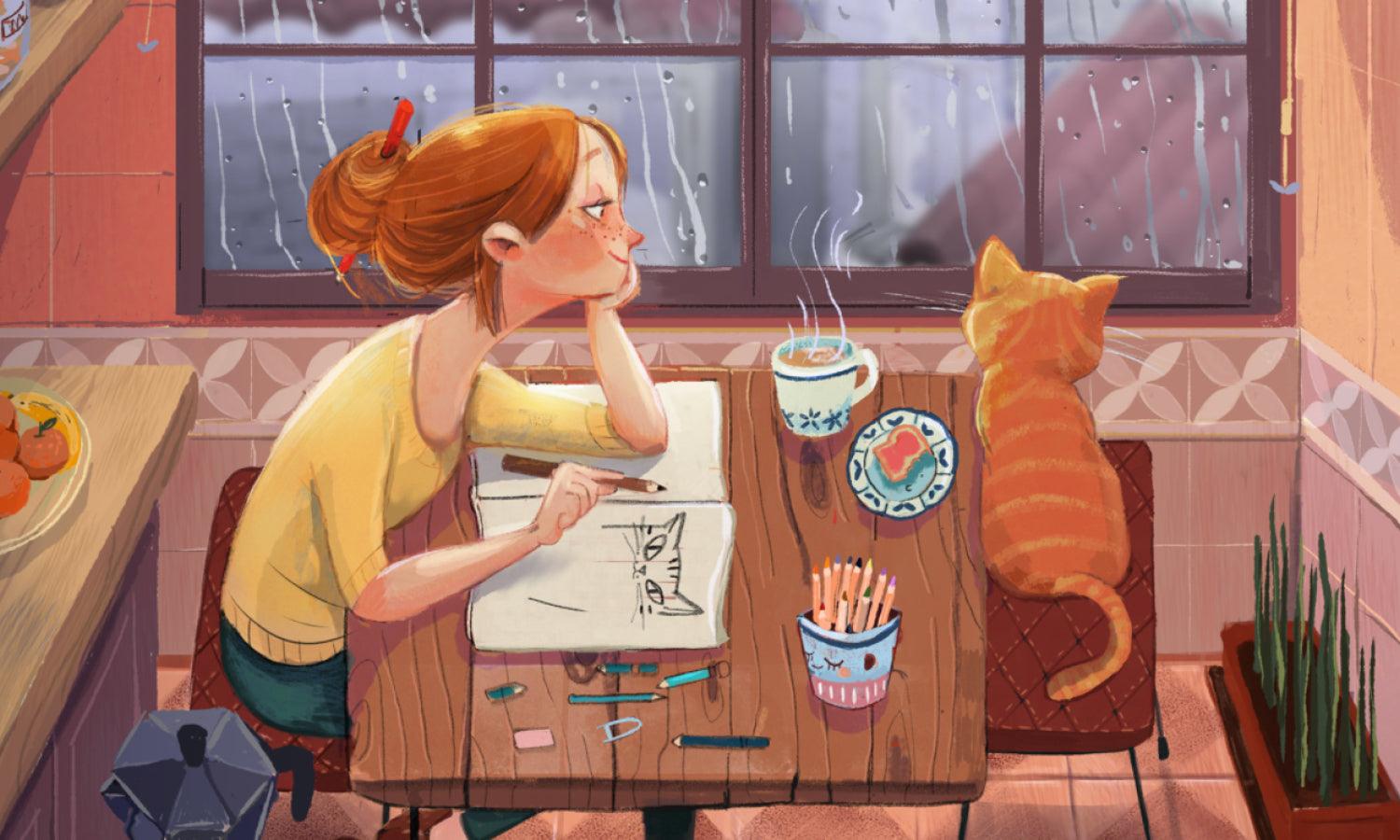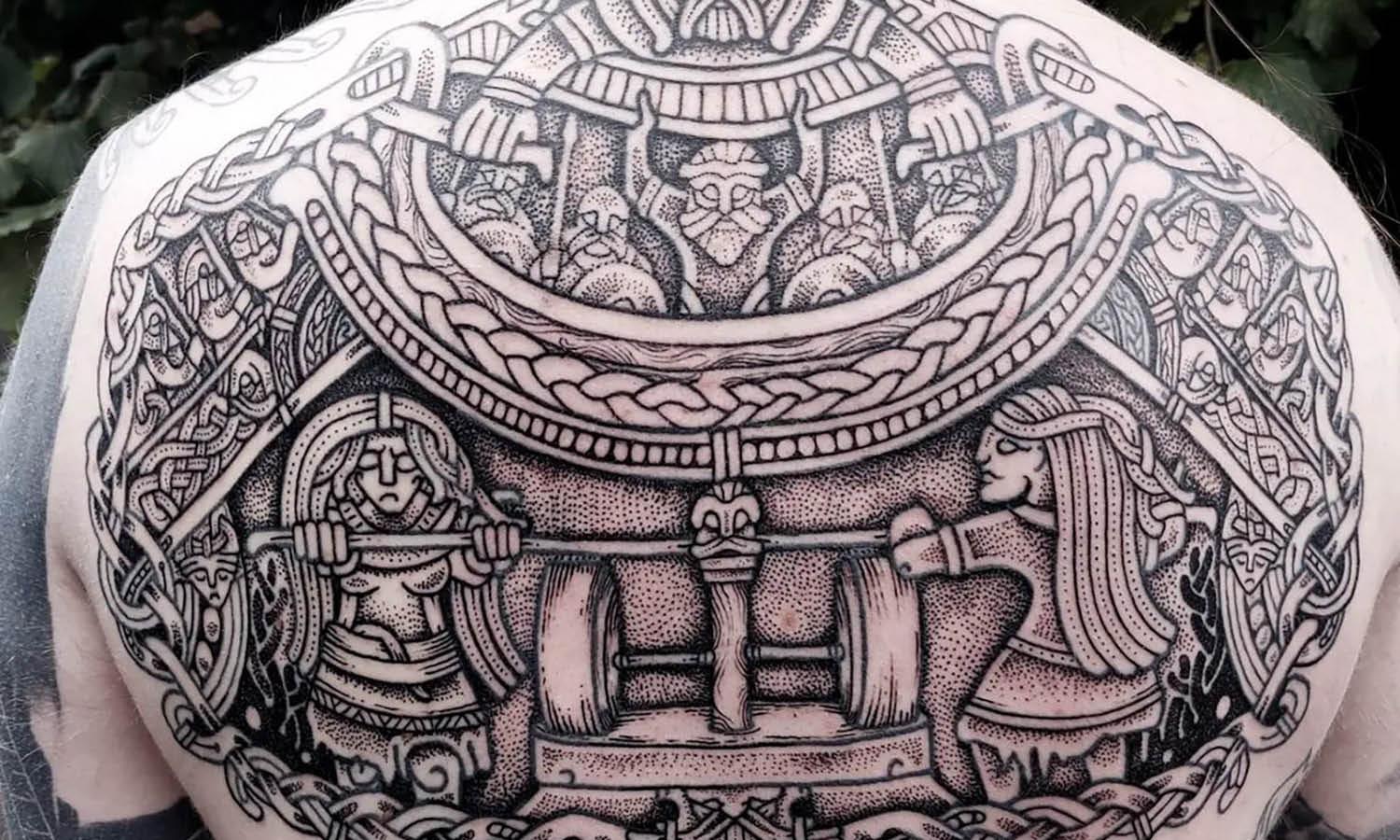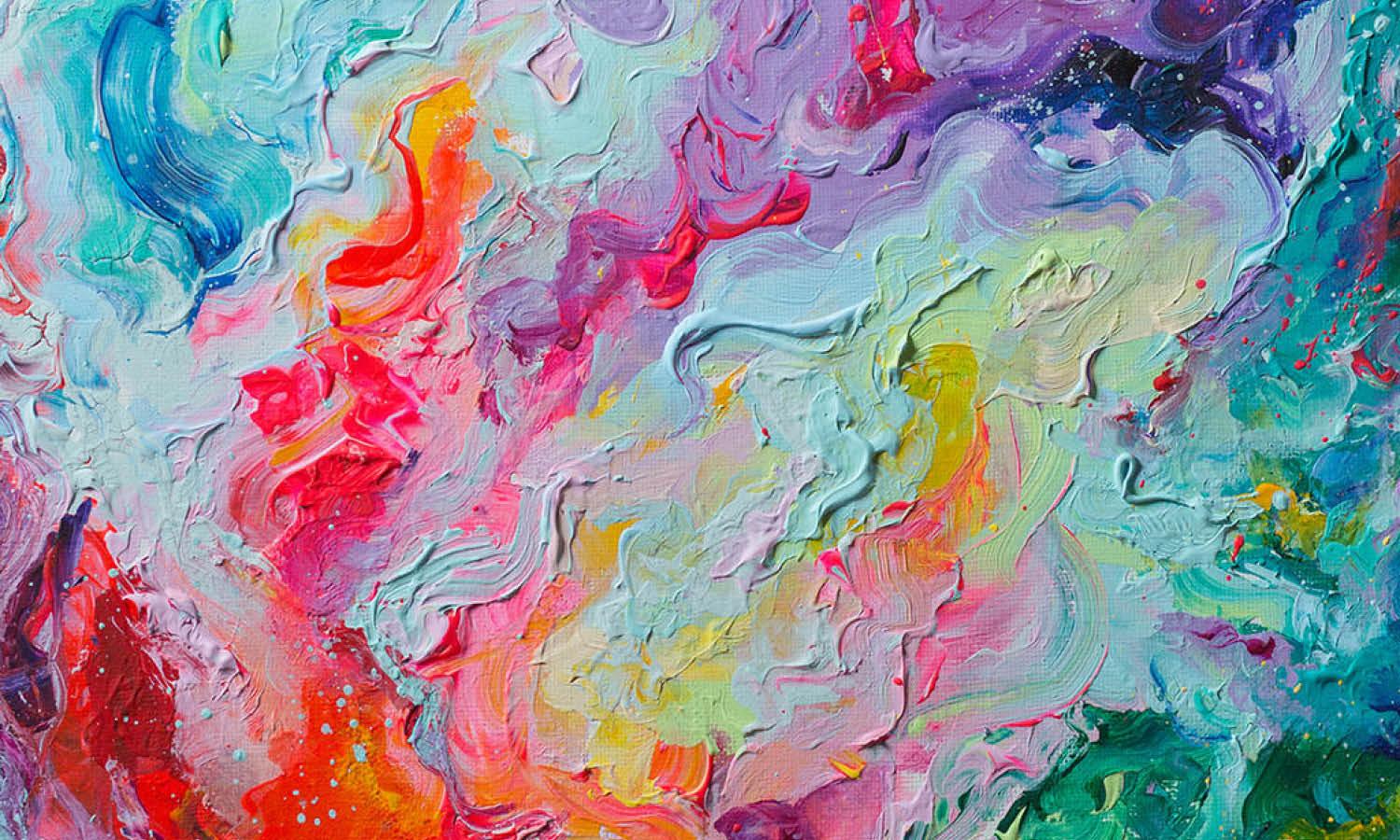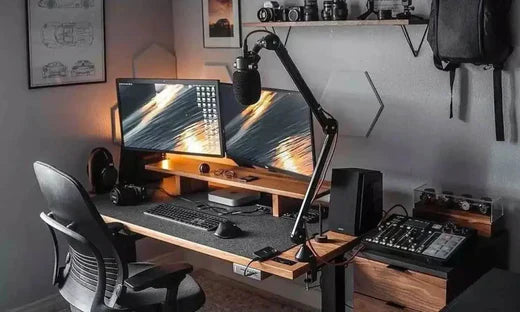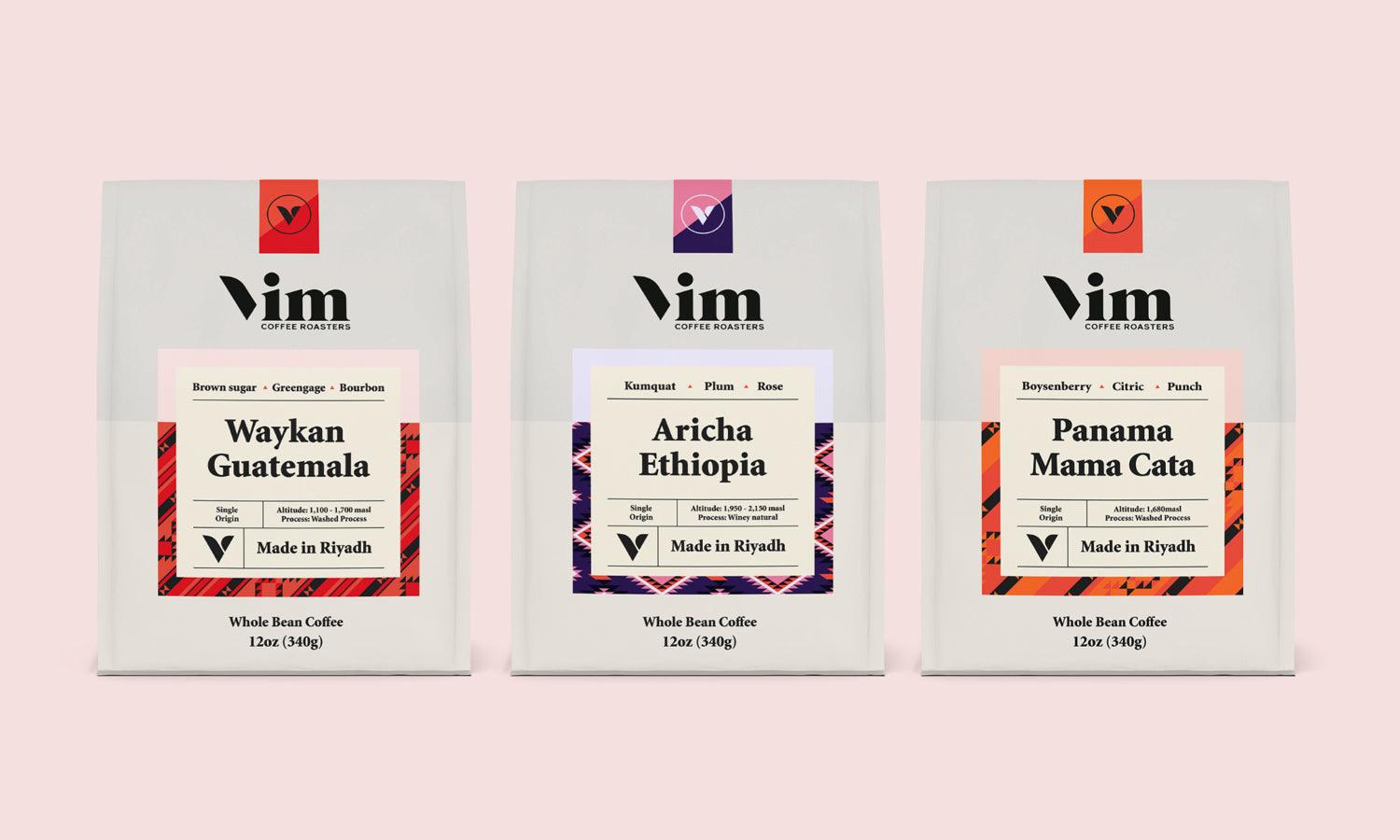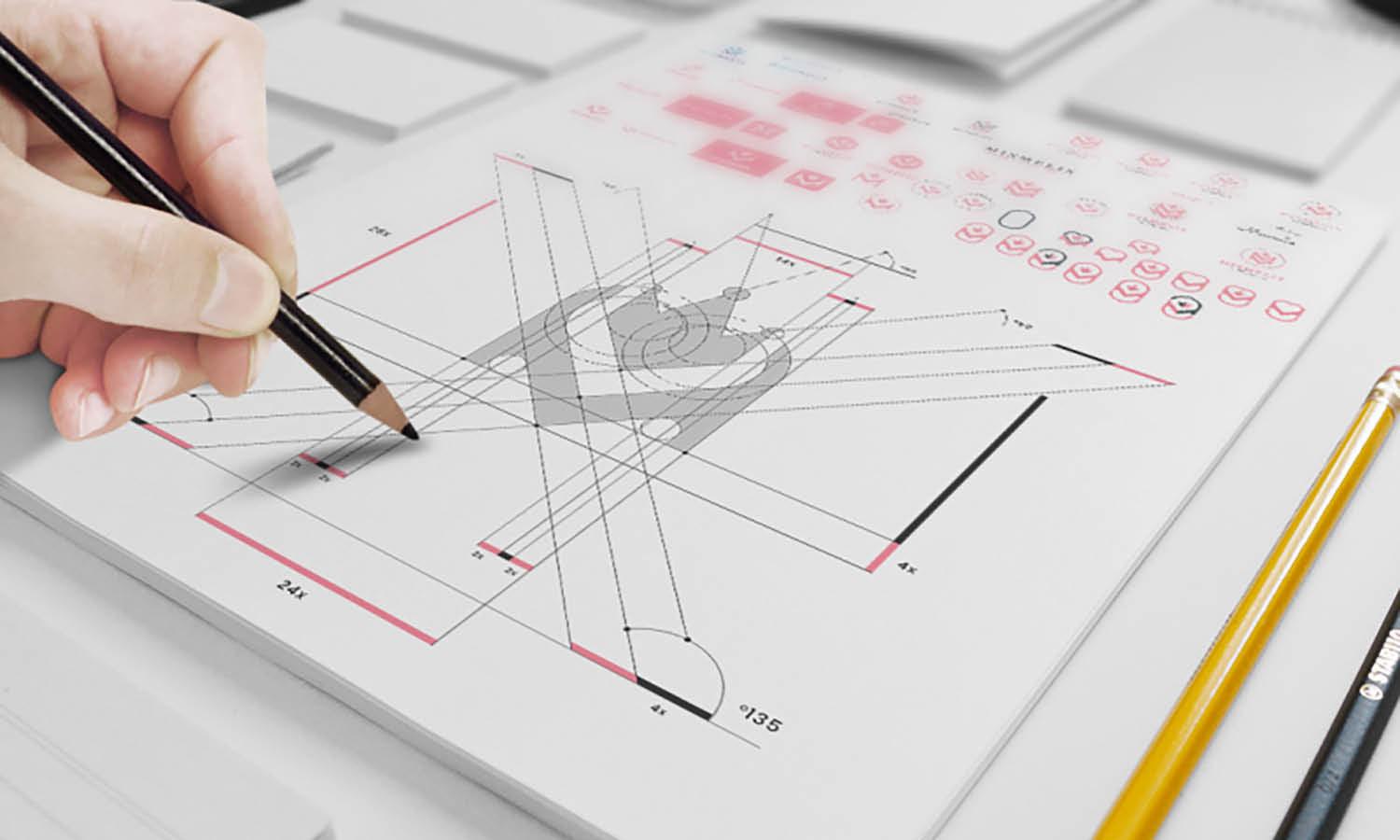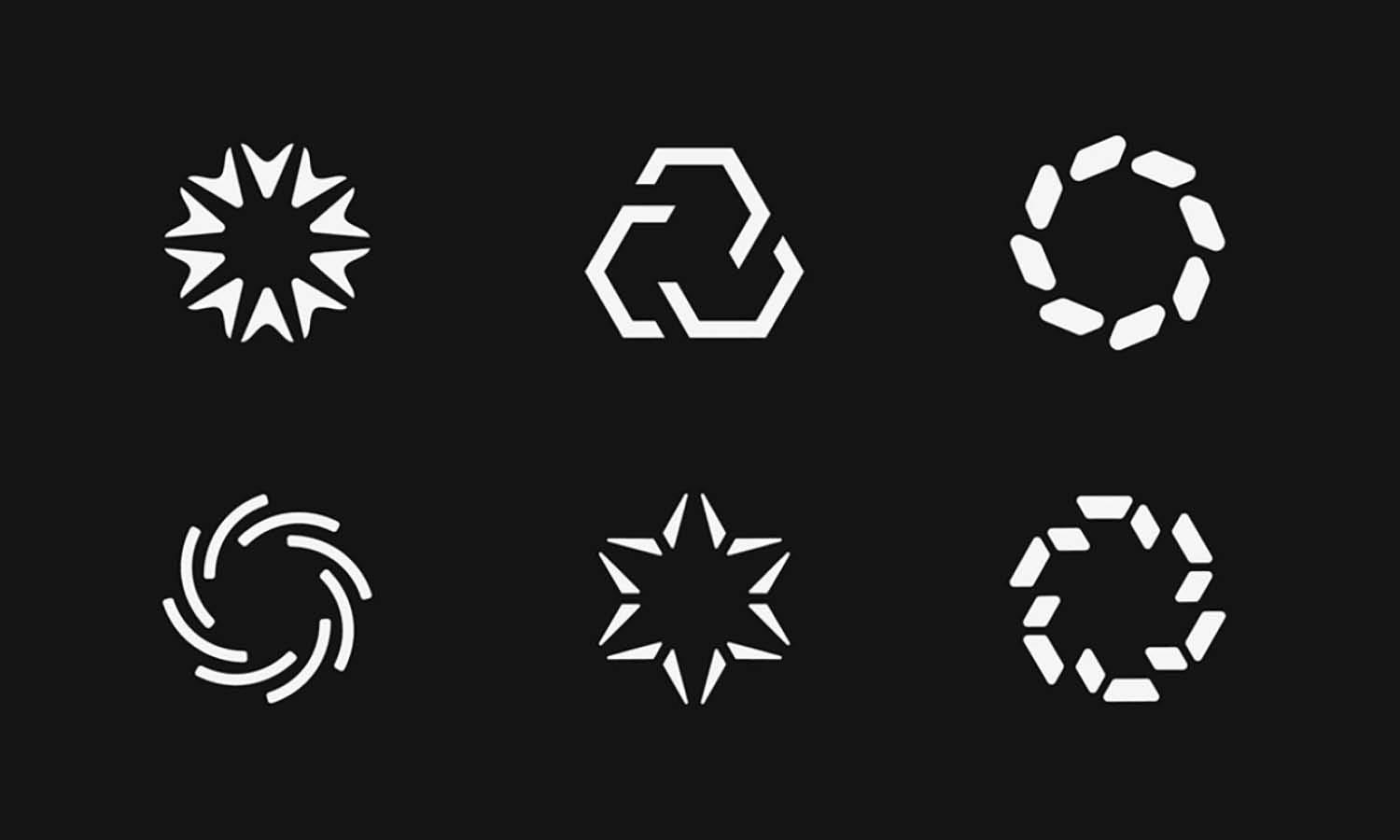Creative Halloween Window Display Ideas for Design Enthusiasts: A Seasonal Design Guide

The intersection of design and seasonal celebration offers endless opportunities for creative expression, particularly when it comes to transforming ordinary spaces into captivating visual experiences.
As design enthusiasts know, a thoughtfully crafted Halloween window display can showcase artistic vision while creating memorable impressions for viewers.
These seasonal showcases function as miniature art installations, allowing designers to experiment with composition, color theory, and storytelling techniques while embracing the playful spirit of the holiday.
Whether you're a professional designer looking to attract clients or a creative hobbyist wanting to enhance your home, Halloween provides the perfect canvas for bold design statements that demonstrate your creative capabilities.
Design Principles for Effective Halloween Displays
Applying thoughtful design principles to your Halloween displays enhances their visual impact and helps create a memorable, immersive experience for viewers.
Color Theory Beyond Traditional Halloween Palettes
Expanding the Orange and Black Paradigm
While traditional Halloween colors create immediate recognition, limiting yourself to orange and black can result in displays that blend in rather than stand out. Contemporary design approaches to Halloween often incorporate expanded color palettes that maintain the holiday spirit while offering fresh visual interest.
Consider introducing deep purples, acid greens, metallic silvers, or blood reds to create more sophisticated and unexpected color schemes.
These expanded palettes allow for greater creative expression while still signaling "Halloween" to viewers through contextual imagery and thematic elements.
Creating Contrast and Visual Hierarchy
Effective Halloween window displays rely on strong visual contrast to capture attention and create impact, especially when viewed from a distance. High contrast between elements ensures your display remains legible and striking, whether seen in bright daylight or evening darkness.
Consider not just color contrast but also contrasts in scale, texture, and negative space to create visual interest at multiple viewing distances.
Silhouettes against illuminated backgrounds create particularly powerful Halloween images that read clearly even from across the street, making them ideal for window displays that need to function at various viewing distances.
Visual hierarchy determines how viewers process your Halloween display, guiding their eye through the composition in a deliberate sequence.
By varying size, position, color intensity, and detail, you establish which elements viewers notice first, second, and third. This planned viewing journey creates a more engaging experience than displays where everything competes equally for attention.
For Halloween windows, consider establishing a dominant focal point—perhaps a striking character or central motif—supported by secondary and tertiary elements that add depth and detail for those who linger longer at your display.
Composition Strategies for Limited Window Spaces
Creating Depth Through Layering
Windows present unique spatial challenges, requiring careful consideration of depth, layering, and balance within a confined area.
Creating the illusion of depth through strategic layering places some elements closer to the glass and others further back, establishing a three-dimensional experience despite the limitations of the space.
This layering approach proves particularly effective for Halloween displays, where creating atmospheric depth enhances the spooky or mysterious quality of the scene.
Consider how transparent or translucent elements might interact with opaque ones to maximize the sense of depth within your limited window space.
Balancing Asymmetry and Negative Space
Balance in window design doesn't necessarily mean symmetry—in fact, asymmetrical arrangements often create more dynamic Halloween displays that better hold viewer interest.
The key lies in distributing visual weight thoughtfully throughout the composition, ensuring that no area feels disproportionately heavy or empty. This visual weight comes from size, color intensity, complexity, and positioning of elements.
For example, a large, simple shape on one side might balance with a cluster of smaller, more detailed elements on the other. By consciously managing these visual weights, you create Halloween displays that feel intentional and composed rather than haphazard.
Material Techniques for Creative Halloween Windows
By experimenting with different materials and techniques, you can bring your Halloween window display to life with depth, texture, and a truly captivating aesthetic.
Paper Craft Approaches for Dramatic Effects
Silhouette Art for High-Impact Visuals
Paper silhouettes represent one of the most accessible yet dramatic techniques for creating compelling Halloween window displays. This approach relies on the stark contrast between dark shapes and illuminated backgrounds to create powerful visual impact with minimal materials.
Black paper or cardstock cut into recognizable Halloween motifs—spindly trees, flying bats, haunted houses, or dancing skeletons—creates instantly recognizable scenes that remain effective whether viewed in daylight or illuminated at night.
The precision of your cutting significantly affects the final result, with clean edges and thoughtful detailing creating more professional-looking displays that demonstrate design care.
Dimensional Paper Construction Methods
Moving beyond flat silhouettes, three-dimensional paper constructions add compelling depth and interest to Halloween window displays.
Techniques like accordion folding, paper sculpting, honeycomb structures, and hanging mobiles transform flat materials into volumetric elements that cast interesting shadows and change appearance as viewers shift position.
These dimensional paper elements create particularly effective Halloween displays because they interact with changing light conditions throughout the day, evolving from detailed dimensional objects in daylight to dramatic shadow-casters when backlit at night.
Lighting Techniques for Atmospheric Impact
Strategic Illumination for Mood Creation
Lighting transforms Halloween window displays from static decorations into dynamic, atmospheric experiences that evolve from day to night. Strategic lighting design considers not just illumination but also shadow, color, and changing conditions throughout the viewing period. For Halloween-specific displays, lighting often becomes a central narrative element rather than simply functional illumination.
Uplighting creates dramatic shadows that elongate and distort shapes, while backlighting silhouettes creates sharp, defined edges that pop against illuminated backgrounds.
These lighting approaches tap into primal responses to light and shadow that align perfectly with Halloween's play between the known and unknown.
Color and Motion in Light Design
Colored light transforms the mood and impact of Halloween displays, creating atmospheric effects that plain white light cannot achieve.
Simple DIY color filters made from colored cellophane or gel sheets placed over light sources cast evocative colored glows that enhance the emotional impact of your design.
Green lighting creates an otherworldly, toxic feeling perfect for witch-themed displays, while purple suggests magic and mystery, and red creates intense, potentially sinister atmospheres.
Combining different colored lights within the same display creates depth and visual interest, especially when colors are chosen with intentional contrast in mind.
Digital Tools for Halloween Display Planning
Using digital tools for planning your Halloween display allows for greater creativity, precision, and efficiency, ensuring your spooky vision is executed flawlessly.
Software Approaches for Visualization and Planning
Professional Design Software for Complex Displays
Professional design software offers powerful advantages when planning complex Halloween window displays, allowing you to visualize and refine concepts before committing to physical execution.
Adobe Photoshop excels for creating composite mockups of how your Halloween display will look in situ, allowing you to layer elements, experiment with transparency effects, and test different color schemes efficiently.
Accessible Design Tools for Quick Visualization
While professional software offers comprehensive capabilities, numerous free and low-cost alternatives make digital design accessible for Halloween display planning regardless of budget or technical experience.
Canva provides intuitive templates and Halloween-specific graphics that can be arranged and exported as guides for physical execution.
For more technical users, GIMP offers robust Photoshop-like functionality as free, open-source software capable of handling complex Halloween design mockups with layers, masks, and filters that simulate lighting effects without licensing costs.
Digital-Physical Integration for Enhanced Experiences
QR Codes and Extended Digital Content
Integrating digital touchpoints within physical Halloween displays creates seamless bridges between in-person and online experiences that extend engagement beyond the initial viewing.
Consider incorporating QR codes that lead to expanded content—perhaps origin stories for characters in your display, behind-the-scenes creation videos, or related Halloween design content that extends the narrative.
These digital expansions transform momentary viewing into extended engagement, particularly valuable for business displays seeking to convert initial interest into deeper brand relationships or portfolio exploration.
Projection Mapping for Dynamic Displays
Projection technology offers powerful options for creating dynamic Halloween window displays that transcend static limitations without requiring elaborate physical construction.
Simple projection setups can transform flat surfaces into animated scenes where ghosts float, spiders crawl, or environments shift and change over time.
These animated projections create particularly compelling Halloween experiences that hold viewer attention through continuous visual evolution, while still maintaining the window as the primary frame for the experience.
Thematic Approaches to Halloween Window Design
Choosing a strong theme for your Halloween window design ties all elements together, creating a cohesive and compelling display that captures attention and sparks imagination.
Narrative-Driven Halloween Displays
Creating Story-Based Window Scenes
The most memorable Halloween window displays often incorporate narrative elements that transform decorative arrangements into story experiences with emotional resonance. Rather than presenting disconnected Halloween symbols, narrative approaches develop mini-stories that viewers can interpret and connect with—perhaps a witch's workshop caught in a moment of magical mishap, or a ghostly reunion unfolding in an abandoned mansion.
These narrative scenes engage viewers more deeply than decorative arrangements because they trigger curiosity and imagination, encouraging longer viewing times and stronger memory formation.
Typography and Text Integration
Incorporating text elements into Halloween window displays adds another dimension of narrative potential, allowing direct communication that complements visual storytelling. From simple mood-setting words like "Beware" or "Enter if you dare" to more elaborate poems, spells, or story fragments, text creates context and tone that guides viewer interpretation of visual elements.
Beyond standalone text, consider how typography might integrate physically with visual elements to create unified compositions rather than separate textual and visual zones. Letters might appear to be formed from spiderwebs, carved into pumpkins, or assembled from bones or branches, creating visual integration that makes text feel like an organic part of the scene.
For particularly striking effects, explore how negative space typography (letters created by what's removed rather than what's added) creates compelling Halloween visuals when backlit, with light shining through letter-shaped openings to create glowing words against darker backgrounds.
Contemporary Design Approaches to Halloween
Minimalist Halloween Aesthetics
Contemporary design sensibilities have introduced more restrained, minimalist approaches to Halloween displays that focus on refined composition and limited palettes rather than traditional horror excess.
These minimalist Halloween windows often employ carefully selected signature elements—perhaps a single dramatic silhouette, a geometric reinterpretation of classic Halloween symbols, or abstract representations that suggest rather than depict seasonal motifs.
This restraint creates sophisticated displays that maintain seasonal relevance while aligning with contemporary design aesthetics that prize intentional simplicity over decorative abundance.
Mixed Media and Experimental Approaches
At the opposite end of the spectrum from minimalism, contemporary designers are also exploring experimental mixed-media approaches that combine unexpected materials to create distinctive Halloween windows.
Consider how incorporating unusual materials—industrial elements, natural specimens, technological components, or found objects—might create unexpected juxtapositions that refresh traditional Halloween themes.
Conclusion
Creating compelling Halloween window displays represents a perfect intersection of artistic expression and strategic communication, offering opportunities to showcase creativity while engaging viewers in memorable seasonal experiences.
By approaching these displays with intentional design thinking rather than random decoration, you transform ordinary windows into powerful storytelling platforms that capture attention and create lasting impressions.
The principles explored throughout this article—from color theory and composition to material techniques and narrative approaches—provide a framework for developing Halloween displays that succeed on multiple levels, functioning simultaneously as artistic expressions, brand communications, and shareable content.


